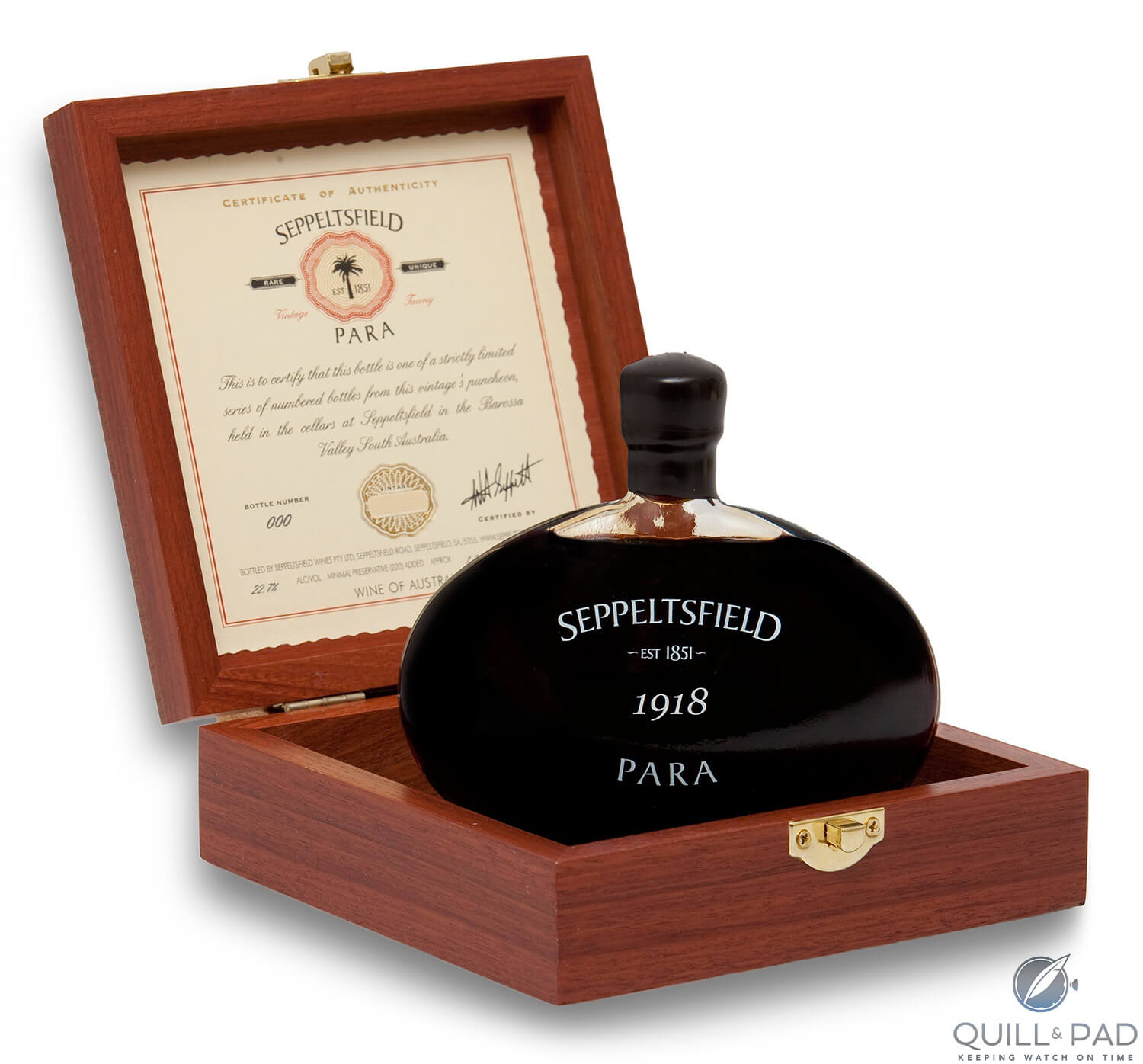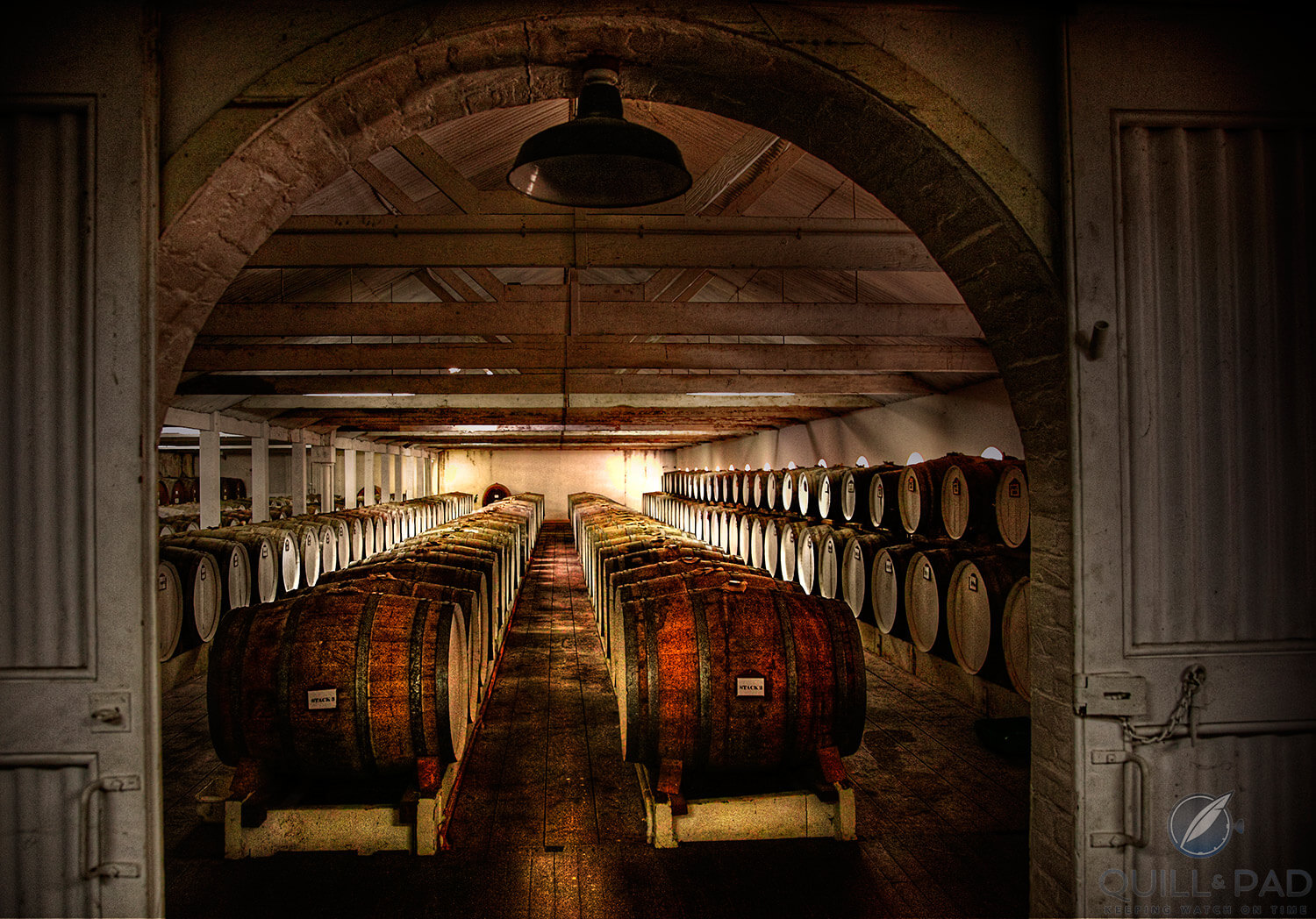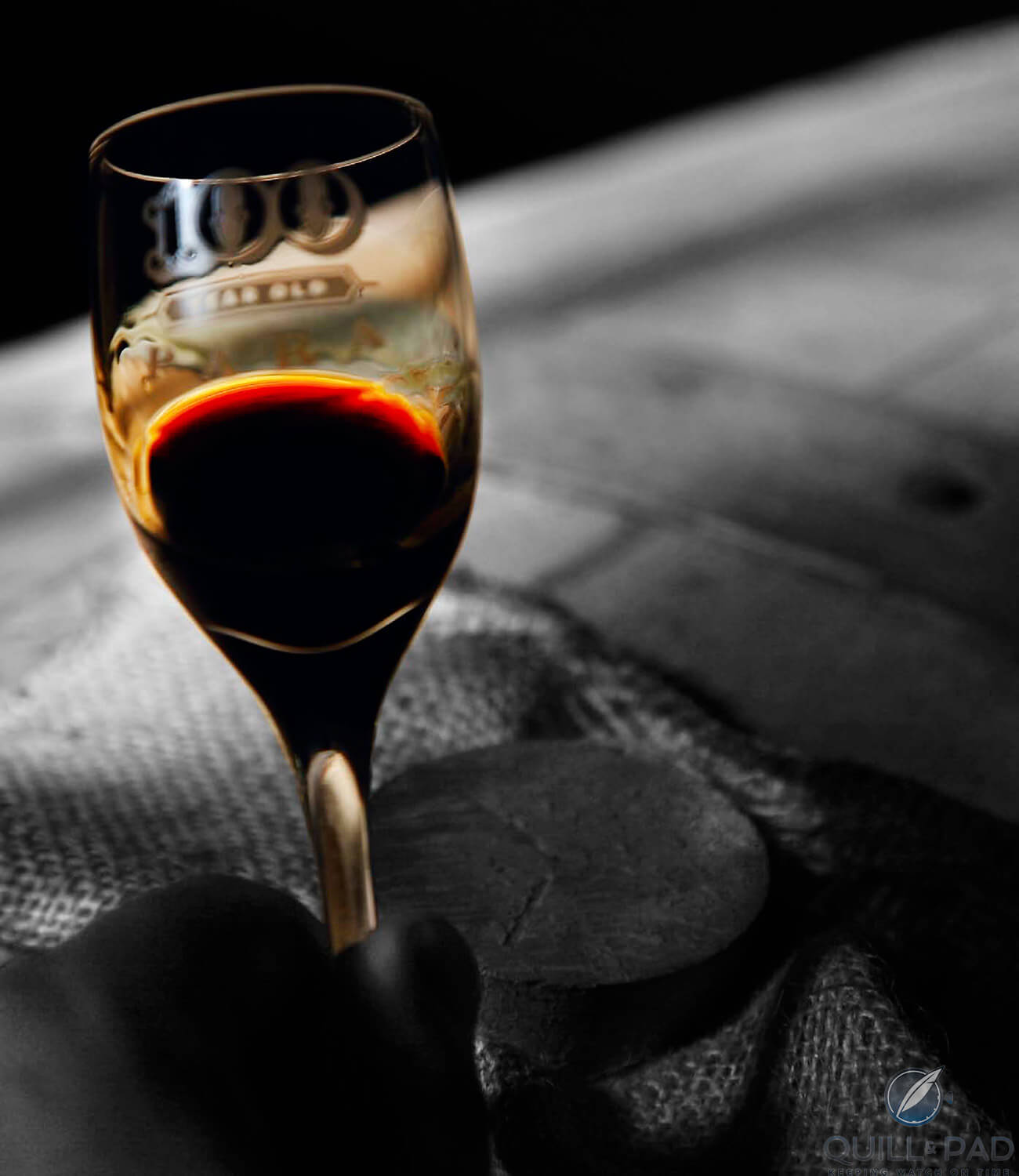100-Year-Old Seppeltsfield Para Vintage Tawny 1918 Port: Truly Extraordinary
by Ken Gargett
In 1918, an exhausted Europe finally said good riddance to the horrors of the Great War only to face the pandemic of the Spanish flu.
Meanwhile, on the other side of the earth in yet another nation whose youth had been decimated by World War I, a barrel of the Barossa Valley’s finest was being placed in an old wooden cellar. There it would sit, untouched for the next 100 years, before the contents of the barrel would finally see the light of day.
Just like those placed there every year for the previous 40 years as well as every year since then.
Seppeltsfield has just released its 1918 100-Year-Old Para Vintage Tawny. There is, quite simply, no other wine in the world like it.

Seppeltsfield 100-Year-Old Para Vintage Tawny 1918
Where else could you hope to find a wine whose current release is from the year 1918? It exists, but only thanks to the extraordinary vision of one man.
A little South Australian wine history
Seppeltsfield is a wine estate like no other. There, on the edge of the Barossa valley with the palm-lined streets seemingly from another planet but now so much part of the place, is a winery that is almost a small village.
There is much to see here – the innovative use of gravity in the winemaking not least – but it is the old cellar full of some of the most astonishing vinous gems imaginable that is the real treasure.
In 1850, a blink in time from the founding of South Australia, a young emigrant from Silesia (a region providing the then young colony of Australia with a number of its most famous wine families), Joseph Seppelt and his wife, Johanna, purchased 158 acres in the Barossa Valley for £1 per acre. Their intention was to grow tobacco.
The success of the settlement’s fledgling wine industry in the late 1800s, supported by what was known as the English imperial preference, and remembering that, at this stage, what was to become Australia was merely a collection of individual, independent colonies, saw the Seppelt family refocus direction and expand its operations into wine.
It did not take long before the family extended production into spirits and even purchased vineyards in Victoria (Great Western and Rutherglen). The estate has changed hands several times over the years, but since 2007 Warren Randall and his partners have worked hard on returning it to its former glory.
One man’s vision
Benno Seppelt was a descendent of Joseph. He was, by all accounts, as mad as the proverbial cut snake, renowned for wandering the Barossa in his self-designed clothes and carrying an umbrella and a violin. He was also, however, a brilliant winemaker and a visionary.
And he came up with one of the most seemingly fanciful concepts the wine industry has ever seen: so was born the unique Centennial Vintage Tawny Port-style wine.
In 1878, Benno decided to cellar a barrel of top-notch Barossa fortified material and then to repeat the exercise every year. He left firm instructions that the barrel was not to be bottled until it had spent 100 years maturing. It is perhaps equally amazing that his instructions have been followed to the letter (almost) since then.
Every year, a new barrel (or two – the tiny change has been that often a second barrel is also cellared as the winemakers realized how much was lost to evaporation) joins the cellar. And as per Benno’s instructions, that first barrel was bottled and sold in 1978.

Seppeltsfield cellar in Australia’s Barossa Valley
Having seen a number of these wines over the years, I can confirm that the results are truly extraordinary.
Originally, the wine was bottled in 750 ml bottles, but because of the intensity of it – and the fact that it did take Seppeltsfield a while to realize just what a valuable asset it had – it is now bottled in 375 ml (AUD$2,150) and 100 ml (AUD$700) bottles.
I can assure those interested that 100 milliliters will go around a large number of people, such is the power and intensity of the wine. Think of it as alcoholic treacle.
Seppeltsfield remains the only winery in the world to regularly release a wine with a century of age, and it has done so every year since the 1878 saw the light of day. With current stocks, the winery will be doing so long after everyone on this planet has departed.
A bucket list wine
So, what is it like? Alcoholic treacle certainly, but glorious treacle.
There is an incredible array of flavors matching the boundless intensity.

A glass of Seppeltsfield 100-Year-Old Para Vintage Tawny 1918
It is an absolutely compelling wine: Christmas cake, chocolate pudding, old leather, great cigars, panforte, and fig jam.
What is perhaps its greatest feature is that it has more length than any other wine I have ever encountered. You can taste it minutes after finishing the wine. Brilliant.
This is a wine worth the chase.
For more information, please visit www.seppeltsfield.com.au.
You might also enjoy:
Isla Del Tesoro: The World’s Rarest, Greatest Rum
Perrier-Jouët Belle Epoque Blanc de Blancs: One Of The Finest Champagnes I Have Ever Enjoyed
Penfolds G3: Making Grange, Already One Of The World’s Greatest Wines, Even Better
Leave a Reply
Want to join the discussion?Feel free to contribute!



This Para vintage tawny is surely a great wine. Why do you call it Port. knowing that Port is a different wine that is only produced in Portugal?
Well spotted. That snuck in from a bad habit. The Aussie industry used European terms for many years and thankfully they have been almost completely abandoned – some for good taste, some for reasons that they were not appropriate, and some for legal reasons. Port was one that did hang around for a very long time – just from common use over the style (some would argue that it is not technically the name of a region – Oporto being the city at the mouth of the river). It is slowly being phased out, but often sneaks through from habit. But, yes, it should not have been there and you can see that it no longer appears on the wine itself.